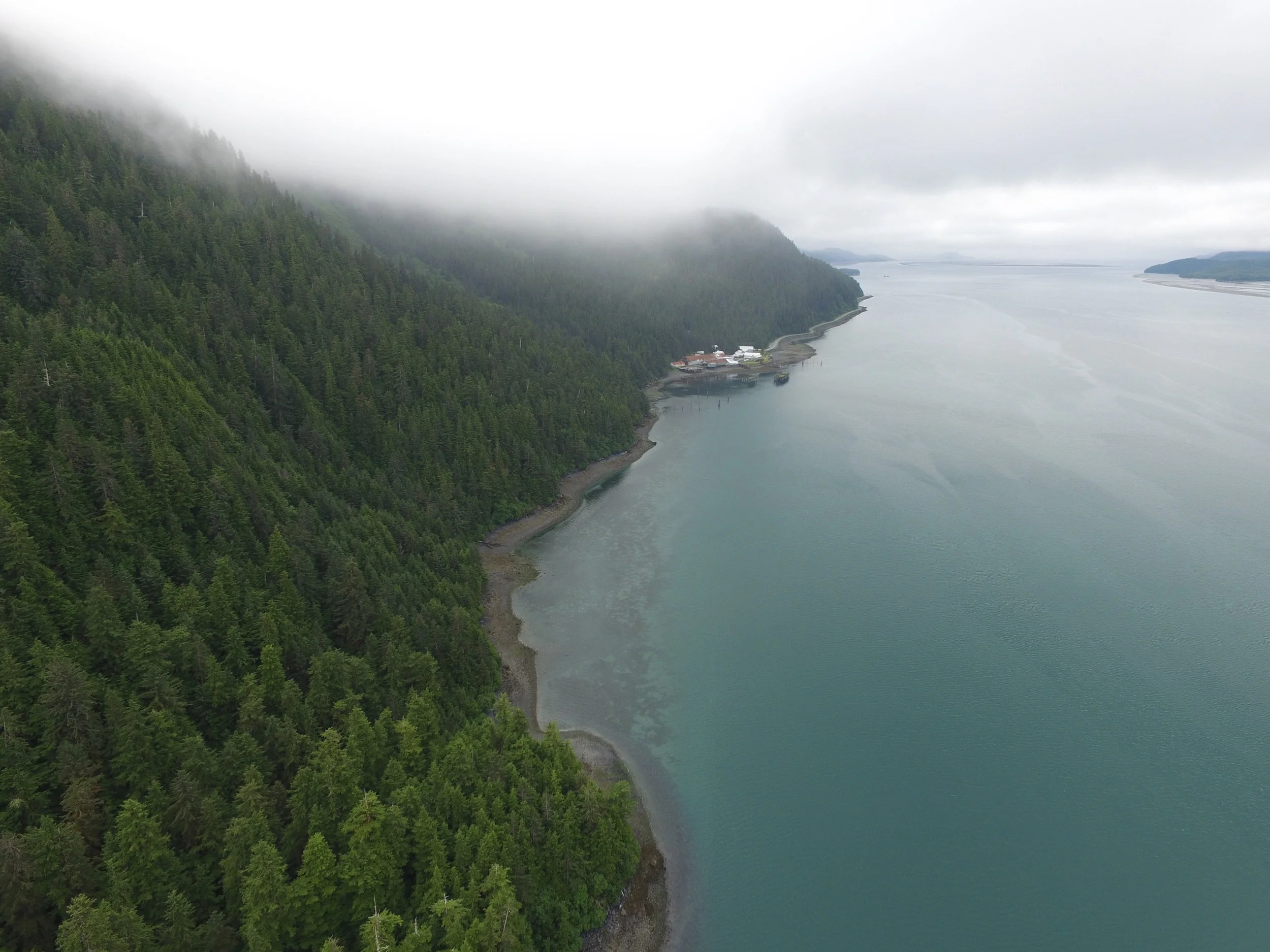The Spill
In March 1989 the Exxon Valdez grounded on Bligh Reef in Prince William Sound and spilled more than 11 million gallons of heavy crude oil. Response efforts did not arrive onsite until 14 hours after the spill, and it took another 21 hours to place booms around the oil. This resulted in devastation to fish and wildlife populations and habitats and negative impacts on the commercial fishing industry. More than 30 years after the Exxon Valdez Oil Spill, towns and villages around Prince William Sound are still experiencing the effects of one of the worst man-made disasters in history.
State & Federal Action
Following the Exxon Valdez Oil Spill, the Alyeska Consent Decree was passed, which mandated the construction of three oil response facilities around the Prince William Sound: 1) Chenega, 2) Tatitlek, and 3) Cordova. Of the three facilities, Cordova is the last to be built, and the most critical. Selection of these three locations was based on Alaska Department of Environmental Conservation’s Geographic Response Strategies to ensure that if there is a spill in any zone of the Prince William Sound, response efforts will initiate efficiently and effectively.
In 1990, Congress approved the Oil Pollution Act (OPA90), which focused on strengthening the US Coast Guard’s ability to prevent and respond to catastrophic maritime oil spills. Not long after, Alaska passed state law 46.04.030(k)(3)(B), which requires that adequate equipment be pre-positioned and available to control, contain and cleanup a 300,000 barrel spill in 72 hours.
Why Shepard Point
A recent study of oceanic and meteorological conditions in the area around Cordova, Alaska was conducted by a sub-contractor of the Native Village of Eyak to look at tides and water levels, relative sea level trends, currents, winds, waves, and tsunamis. Results from this study suggest that Shepard Point is the optimal location for a response facility in the region, and will be used to help in the design of the in-water facilities.


